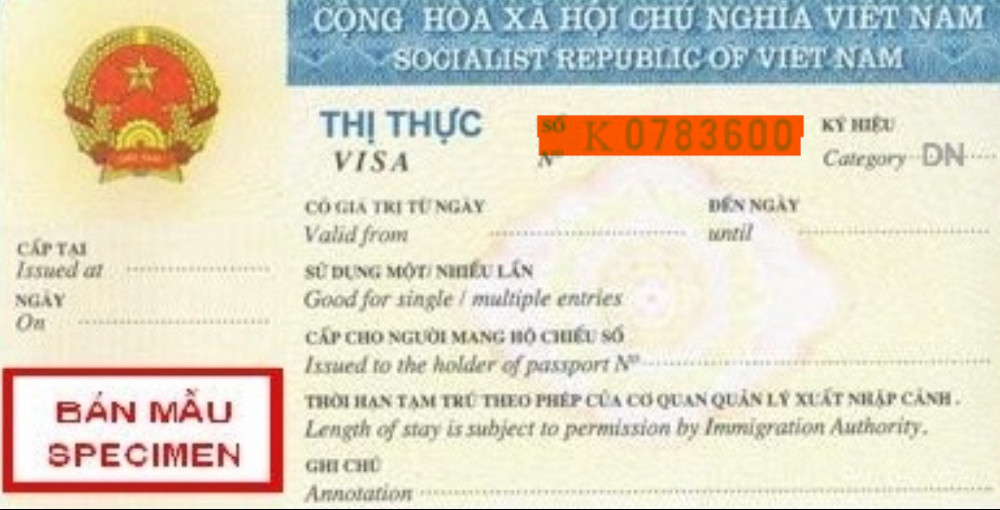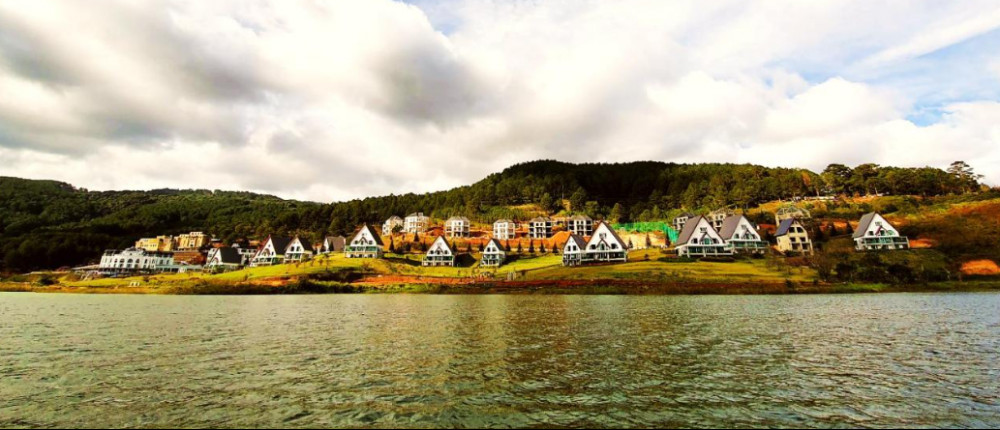Vietnam Visas for ESL and EFL Teachers.
So why is now the opportune time to look at your visa and resident details? Well for one it is the start of a new semester and doing it now before the schools are running at full steam, makes sense. The latest updates seem to be around trying to woo foreign tourists back into Vietnam.
March 15th Updates.
The Vietnam Government on Tuesday (March 15, 2022) agreed to resume its unilateral visa exemption policy for citizens from 13 countries as Vietnam seeks to reopen inbound tourism after nearly two years of closure.
Citizens from Belarus, Denmark, Finland, France, Germany, Italy, Japan, Norway, Russia, South Korea, Spain, Sweden, and the U.K. will be allowed to visit Vietnam for up to 15 days without a visa regardless of passport type and entry purpose.
The Vietnam Government also announced to resume other pre-pandemic immigration procedures for foreigners and overseas Vietnamese.
Contact Phone Numbers.
Before I start flooding you with information about visas, I will provide a list of contact details and phone numbers that will help you get your questions answered.
1. Address:
+ In Hanoi: No. 44 – 46 Trần Phú street, Ba Đình ward, Hanoi, Vietnam. Phone: (+84) 4 38257941.
Related procedures: Renew visa, Extend visa, issue Temporary Resident Card for foreign citizens staying Vietnam.
+ In Ho Chi Minh: 254 Nguyễn Trãi street, District 1, Ho Chi Minh city, Vietnam. Phone: (+84) 8 9201701
Related procedures: Renew visa, Extend visa, issue Temporary Resident Card for foreign citizens staying in Southern Of Vietnam and provinces of Mekong Delta.
+ In Danang: No. 7 Trần Quý Cáp street, Đà Nẵng city, Quảng Nam province, Vietnam. Phone: (84) 07511.823383
Related procedures: Renew visa, Extend visa, issue Temporary Resident Card for foreign citizens staying in Center and Central Highlands of Vietnam.
2. Phone Number:
+ Number (+84) 4 8264026: ask for entry, exit and residence of foreigners in Vietnam; repatriation of Vietnam citizens residing abroad.
+ Number (+84) 4 8260922: ask for the exit and entry of citizens of Vietnam.
+ Number (+84) 4 9345609: ask for the sanctioning of administrative violations in the field of Immigration.
+ Number (+84) 4 8257941: ask for the exit and entry procedure at the border and other related issues in fields of Immigration.
Types of Visa.
Popular types of Vietnam visas: In total there are 20 different types of visas, with the below being the most popular.
- Tourist visa (DL)
- Business visa (DN)
- Student/internship visa (DH)
- Working visa (LĐ)
A1 is granted for official members who are invited guests of Central Committee of the Communist Party of Vietnam or Congress, President, Government and equal guest of Minister, Deputy, President or vice president’s people committee of province or centrally run cities combination with those relatives or assistants coming with them.
– A2 is granted for those who are members or representations of foreign governments and those relatives or assistant entering with them.
– A3 is used for those who enter into Vietnam to work with foreign commissions or are invited by foreign commissions.
– B1 is used for those who enter into Vietnam to work with the People’s Supreme inspectorate, the Supreme people’s court, ministries, and equal ministries, government agencies, the people’s committee of a province, central cities, and central agencies of people’s organizations, union or public.
– B2 is granted for those who enter Vietnam to process investment projects accepted by Vietnam-authorized organizations.
– B3 is granted for foreigners who co-operate with Vietnam enterprises
– B4 is used for those who are staff working in foreign authorized offices, branches of culture-economic organizations or other fields, and non-government foreign organizations whose branches are located in Vietnam.
– C1 is granted to those who enter into Vietnam for tourist purposes.
– C2 is granted for those who want to enter into Vietnam with other purposes that are different from the above purpose.
– D is used for those who haven’t been sponsored by Vietnam commissions, organizations, or other individuals.
Note: D visa category which is not more than 15 days validity. The Other visas are more than 30 days validity.
Visa Stamping Fee.
The fee you have to pay on arrival is called the “Visa Stamping Fee” and must be paid in cash at the “Landing Visa Counter” at the airport you arrive.
25 USD/person for less than 90 days single entry
50 USD/person from 30 days to less than 90 days multiple entries visa
95 USD/person from 90 days to less than 180 days multiple entries visa
135 USD/person for 1-year multiple entries visa
Are You Confused Yet?
If you wish to come to Vietnam to teach, this is the best advice I can give you.
There are 2 main options if you want to be a teacher or conduct business in Vietnam. These include.
Arriving on a Tourist Visa. ( Or an E-Visa on arrival)

Arriving on a Business Visa. (Sponsorship letter needed for business visa)

Look here at Vietnam-e-visa dot org to find out more information.
You can enter Vietnam on a tourist or business Visa, which a lot of future ESL teachers do. You can organize this via a Vietnamese embassy or consulate in your home country or you can apply online. Here is a sample of each ( Do not use these as they are samples only)
A lot of teachers then organize jobs (if not done before) and will negotiate with the schools to do the work permit and other documentation needed or arrange for a private business to do it for them. Please be careful as there are some less than scrupulous businesses around.
It is a good idea to join a Facebook group like Vietnam Visa advice who will guide you in the right direction. If you join these forums you will get advice to the latest “visa runs” or runs to the border to get new visas.
More Paperwork.
Vietnam is a country that loves its paperwork and there is a lot more for you to do before you can walk inside the classroom. For a start, you will need work permits and doctors certificates along with a police record check from your home country.
Now we are opening up again after covid, there will be a strong need for ESL/EFL Teachers. To stay ahead of the pack and get recruited first I would make sure I have all my documents available.
Look at my past post about what extra paperwork to bring to Vietnam here at “How to teach English in Vietnam“
Visa and covid rules.
All destinations in Vietnam are open and self-isolation is not necessary. The main ideas of the new rules are entry requires a visa and travel insurance. The minimum level of insurance is $10,000 of medical insurance that covers covid-19 treatment.
The simple entry standards also include that the covid-19 app (available on Apple or Google Play), is required if visiting any Vietnamese establishments.
Visitors are asked to self-monitor for 10 days following admission and should contact the closest medical facility if they see any COVID-19 symptoms.
Sanitation, social isolation, and surgical masks are always necessary. Children under two are permitted outside with an adult. And teachers are advised to wear masks in the classroom.
Final Thoughts.
This is a very brief overview of a forever-changing and challenging set of rules to comply with. While it is not overly complicated,( unless you have a temporary Resident card), it can become extremely annoying having to forever (or feels like it) deal with visas.
Stephen.
Any or all links on this site may be affiliate links, and if you purchase something through those links I will make a small commission on them.
There will be no extra cost to you and at times due to my affiliation, you could actually save money.
You can read our full affiliate disclosure here.
















